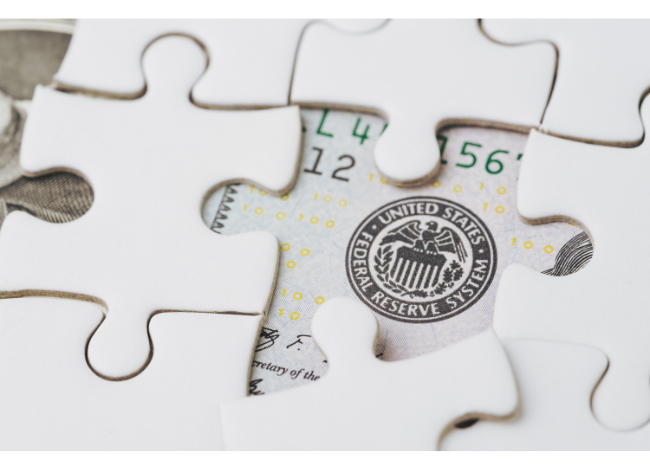Pressure to cool the economy is growing as prices rose 1% in May from 0.3% in April.
Figures showed that consumer prices had climbed 8.6% in May from a year ago – marking the highest level of inflation since 1981.
The Bureau of Labor Statistics said core CPI prices, which exclude volatile food and energy products, rose 6% after a 6.2% rise in April on an annual basis.
As an area of fixed income sensitive to changes in monetary policy, short-dated government bonds sold-off sharply after the release of the report.
The Fed will likely raise its benchmark rate by 50 basis points at the policy meeting next week.
Ronald Temple, managing director, co-head of multi asset and head of US equity at Lazard Asset Management, said: “If the Fed had any doubt about the need for additional substantial rate hikes, they should be dispelled by this report.”
Wage-price spiral
“With labor markets the tightest in decades, employers have little choice other than to raise compensation, with in turn contributes to increasing services inflation.
“The Fed faces a mighty challenge breaking this potential wage-price spiral,” he said.
Seema Shah, chief strategist at Principal Global Investors, said: “What an ugly CPI print. Not only was it higher than expected on almost all fronts, pressures were clearly evident in the stickier parts of the market.
“The decline in inflation – whenever that finally happens – will be painfully slow.”
Joseph Little, global chief strategist at HSBC Asset Management believes inflation has now peaked, although the data is inevitably “going to be a bit noisy over the next few months.”
“The big question for investors now revolves around how quickly inflation will return to more normal-looking levels.
That cooling-off period is likely to take some time; by the end of the year, we think headline inflation in the US will still be above 6%. And we are likely to have to wait until Q2 2023 to get readings below 4%.
“That scenario puts the Fed in a bind and commits them, we think, to taking the funds rate to 2.5% by the end of the year.
However, markets have priced this eventuality in.
“If labor markets can remain robust, a soft-ish landing for the economy is still a reasonable base.”
See more – Scarcity inflation raises growth risks

